Plant Parts Worksheet
Are you searching for an engaging and educational resource to help teach students about plant parts? Look no further! Our plant parts worksheet is the perfect tool to introduce young learners to the different components that make up a plant. Designed for elementary school students, this worksheet provides a visual representation of various plant parts and encourages students to identify and label each entity.
Table of Images 👆
- Plant Parts Worksheet 3rd Grade
- Printable Plant Parts Worksheet
- Printable Plant Parts of a Flower Worksheet
- Plant Parts Worksheet 1st Grade
- Label Plant Parts Worksheet
- Plant Parts and Functions Worksheet
- Flower Plant Parts Worksheet
- Parts of a Plant Booklet Worksheet for Preschool
- Label Plant Parts Printable
More Other Worksheets
Kindergarten Worksheet My RoomSpanish Verb Worksheets
Cooking Vocabulary Worksheet
DNA Code Worksheet
Meiosis Worksheet Answer Key
Art Handouts and Worksheets
7 Elements of Art Worksheets
All Amendment Worksheet
Symmetry Art Worksheets
Daily Meal Planning Worksheet
What is the main function of a plant's root?
The main function of a plant's root is to anchor the plant in the soil, absorb water and nutrients from the soil, and transport them to the rest of the plant for growth and development.
How do leaves help a plant?
Leaves help a plant by carrying out photosynthesis, a process that uses sunlight to convert carbon dioxide and water into glucose and oxygen. This glucose serves as the plant's food source, providing energy for growth and reproduction, while the oxygen released during photosynthesis is essential for respiration and supporting life on Earth. Additionally, leaves also regulate the plant's water balance through transpiration and help in attracting pollinators for reproduction.
What is the purpose of a stem in a plant?
The purpose of a stem in a plant is to provide structural support by holding up the plant's leaves, flowers, and fruits and to transport water, nutrients, and sugars between the roots and the rest of the plant. Stems also aid in photosynthesis by elevating leaves to maximize sunlight exposure and play a crucial role in the reproduction process by bearing flowers and fruits.
What are the different parts of a flower and their functions?
A flower consists of various parts with specific functions: the petals attract pollinators, the sepals protect the flower bud, the stamen produces pollen, the carpel contains the ovary and ultimately develops into a fruit, the ovary houses the ovules that develop into seeds, and the pistil is the female reproductive organ that includes the stigma, style, and ovary. Together, these parts work harmoniously to facilitate pollination, fertilization, and seed development in the plant reproductive process.
How do seeds help in the reproductive process of a plant?
Seeds play a crucial role in the reproductive process of a plant by containing the genetic material needed to produce a new plant. Seeds are formed when a flower is pollinated and fertilized, leading to the development of a seed within the ovary. Once mature, the seed disperses, allowing it to germinate and grow into a new plant under suitable conditions. This cycle ensures the continuation of plant species and allows for reproduction across different environments.
What is the function of the petal in a flower?
The main function of the petal in a flower is to attract pollinators such as bees, birds, and butterflies. The vibrant colors, patterns, and scents of petals help in luring these pollinators to the flower, aiding in the fertilization process. Petals also protect the reproductive parts of the flower and sometimes serve as landing platforms for pollinators.
How do fruits aid in the dispersal of seeds?
Fruits aid in the dispersal of seeds by attracting animals or birds with their colorful appearance, sweet taste, and nutritious content. When animals eat the fruits, they help transport the seeds to different locations before either excreting them or discarding them. This process helps seeds to be spread far away from the parent plant, increasing their chances of germination and survival.
What is the role of the chloroplasts in a plant's cells?
Chloroplasts are responsible for the process of photosynthesis in plant cells, where they convert sunlight into energy for the plant in the form of glucose. They contain chlorophyll, a pigment that absorbs light energy, and help produce oxygen as a byproduct. This vital process is essential for plants to create their own food and ultimately sustain life on Earth.
How do xylem and phloem contribute to the transportation of water and nutrients in a plant?
Xylem is responsible for transporting water and minerals from the roots to the rest of the plant, while phloem is responsible for transporting sugars and other nutrients produced through photosynthesis to all parts of the plant. Together, xylem and phloem form the vascular system of a plant, allowing for the efficient and continuous flow of essential substances throughout the plant's various tissues and organs, supporting growth, development, and overall function.
What is the significance of the stomata on a plant's leaves?
Stomata on a plant's leaves are significant because they are small openings that allow for the exchange of gases, such as oxygen and carbon dioxide, which are essential for photosynthesis. They also control the loss of water vapor through transpiration. Additionally, stomata play a role in regulating the plant's internal water balance and help to cool the plant through evaporative cooling.
Have something to share?
Who is Worksheeto?
At Worksheeto, we are committed to delivering an extensive and varied portfolio of superior quality worksheets, designed to address the educational demands of students, educators, and parents.

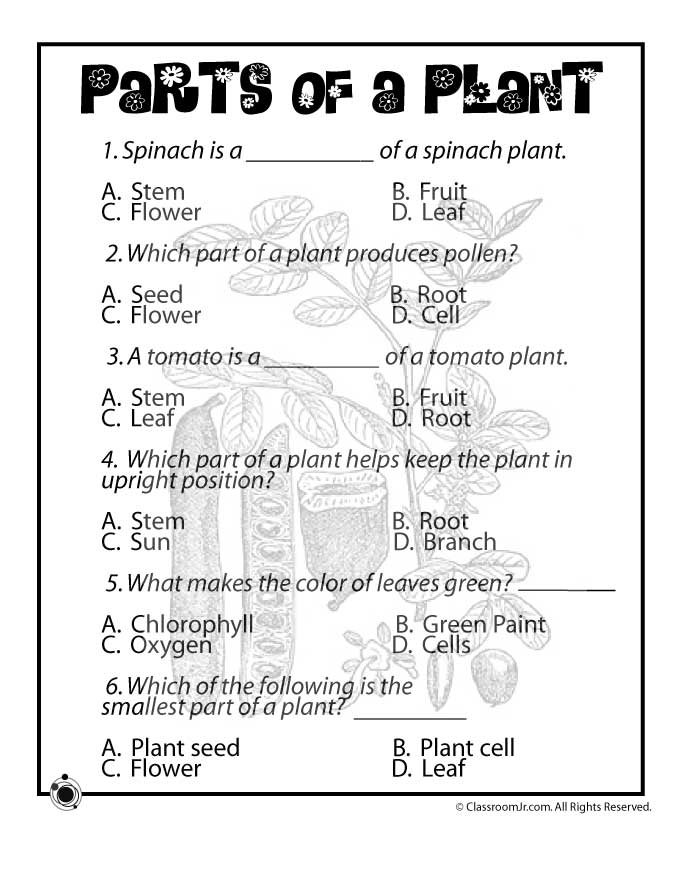



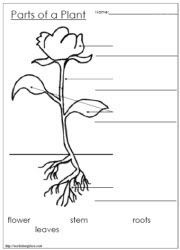

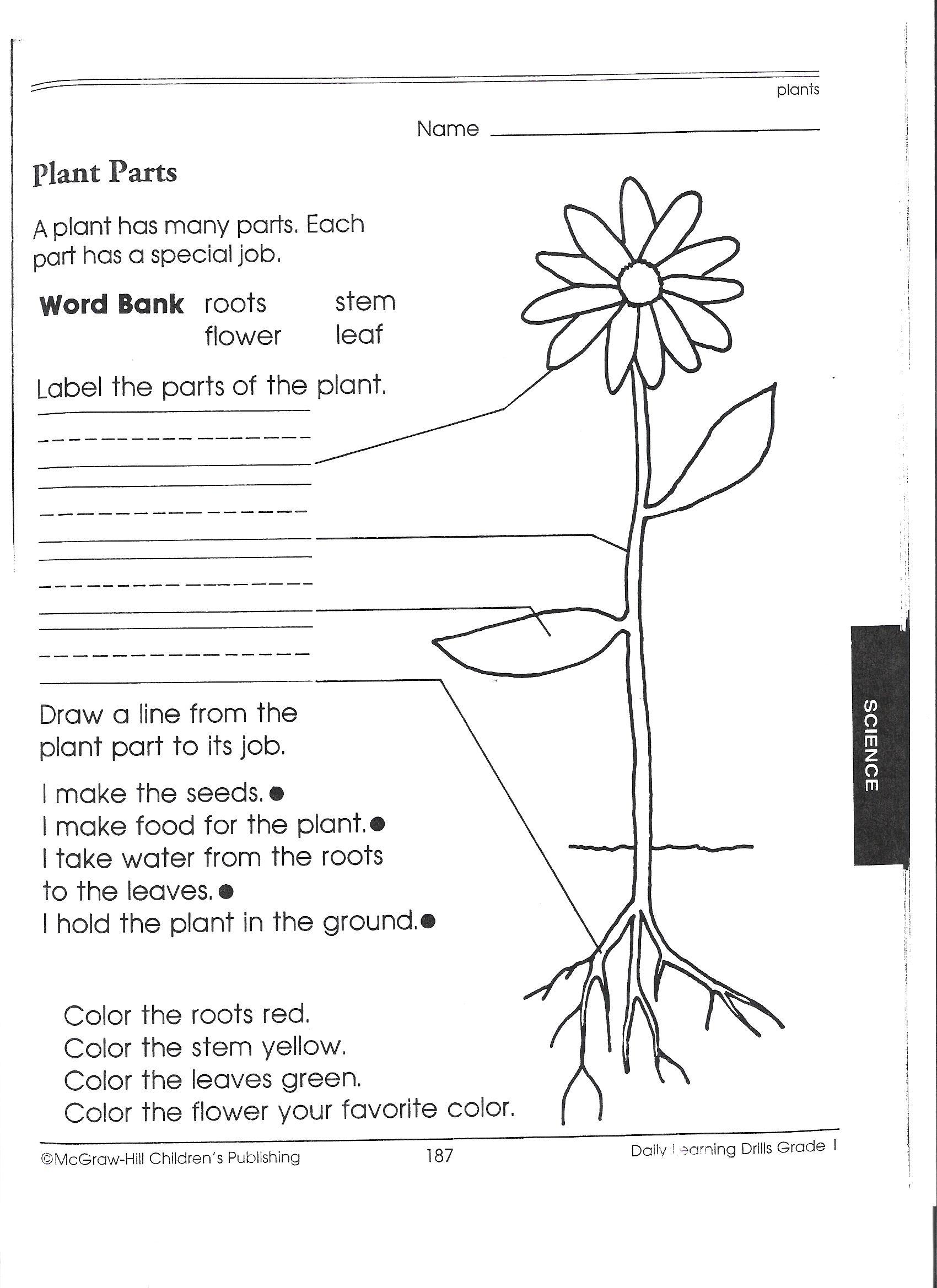
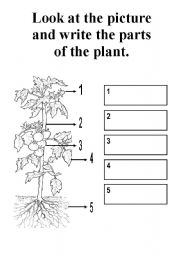
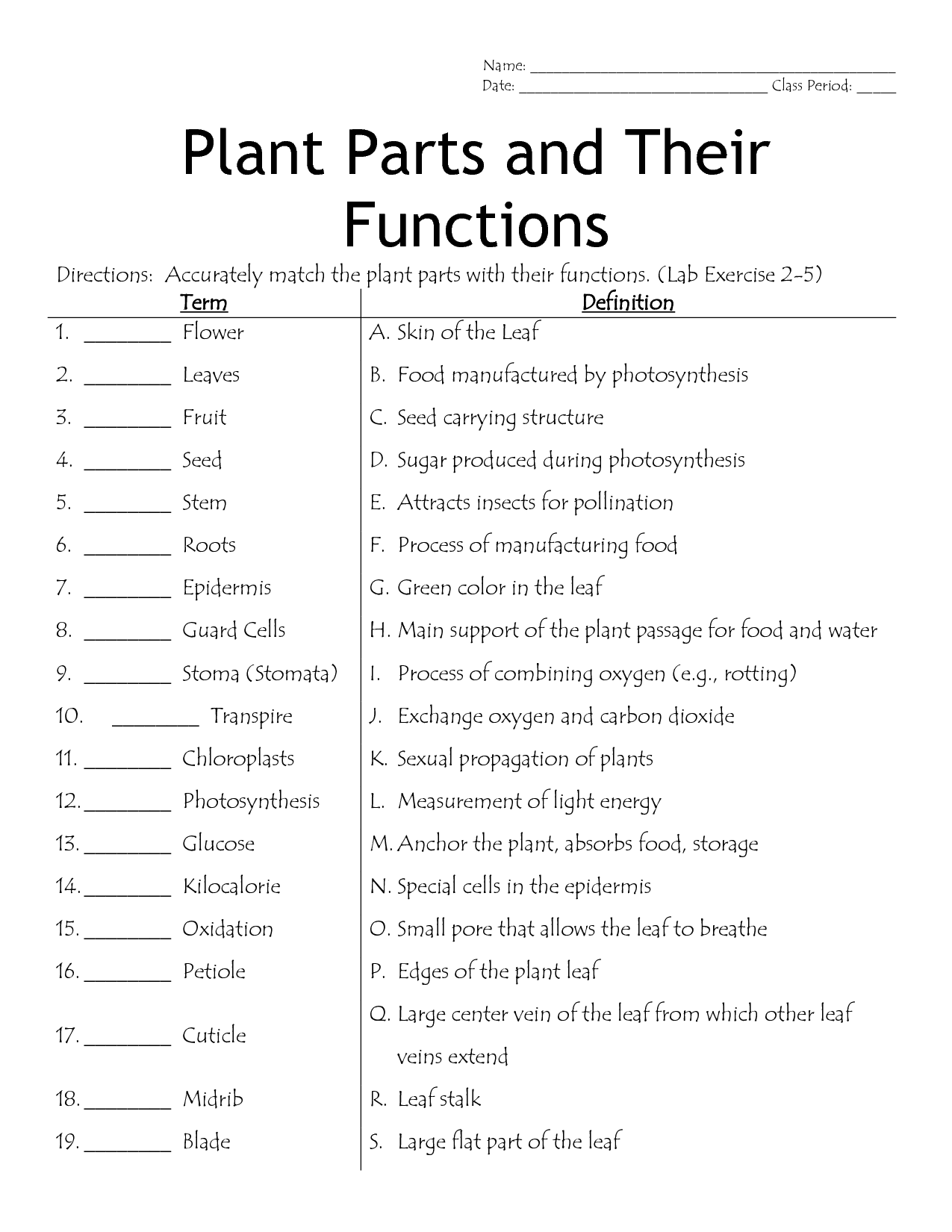
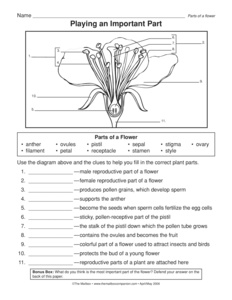
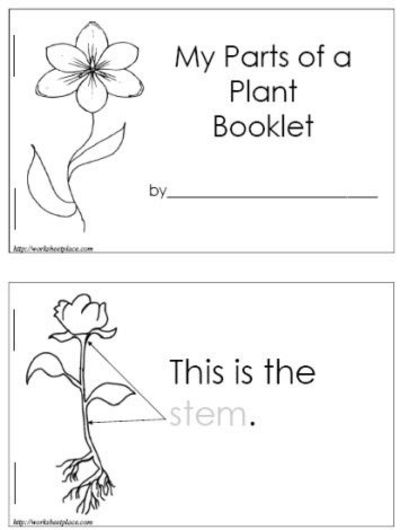
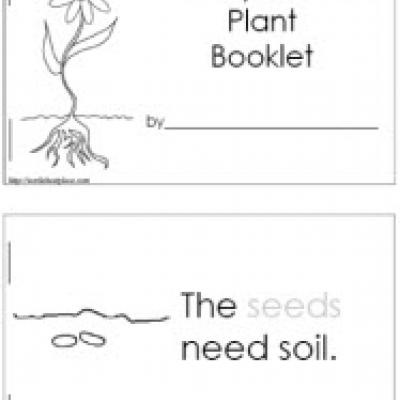
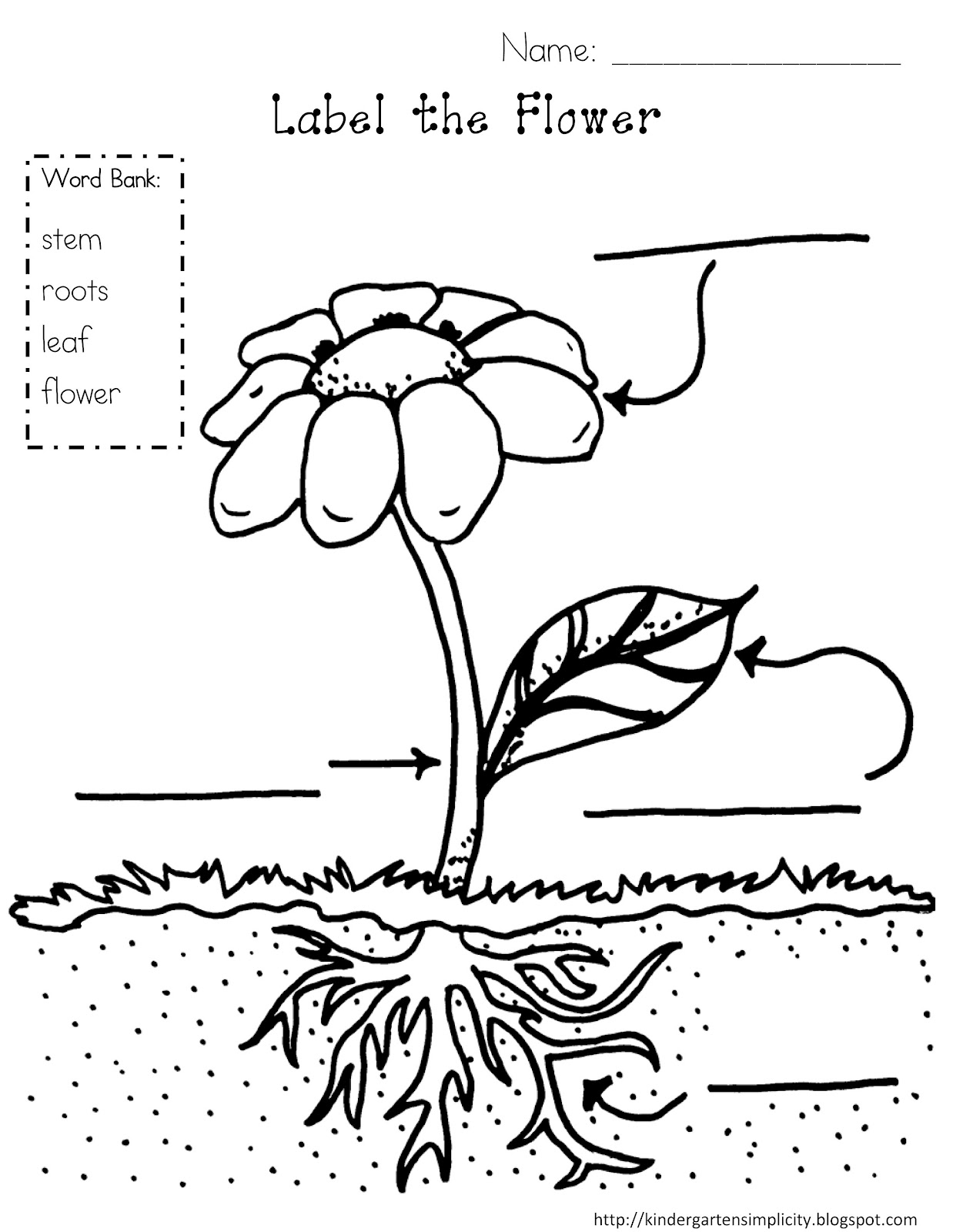
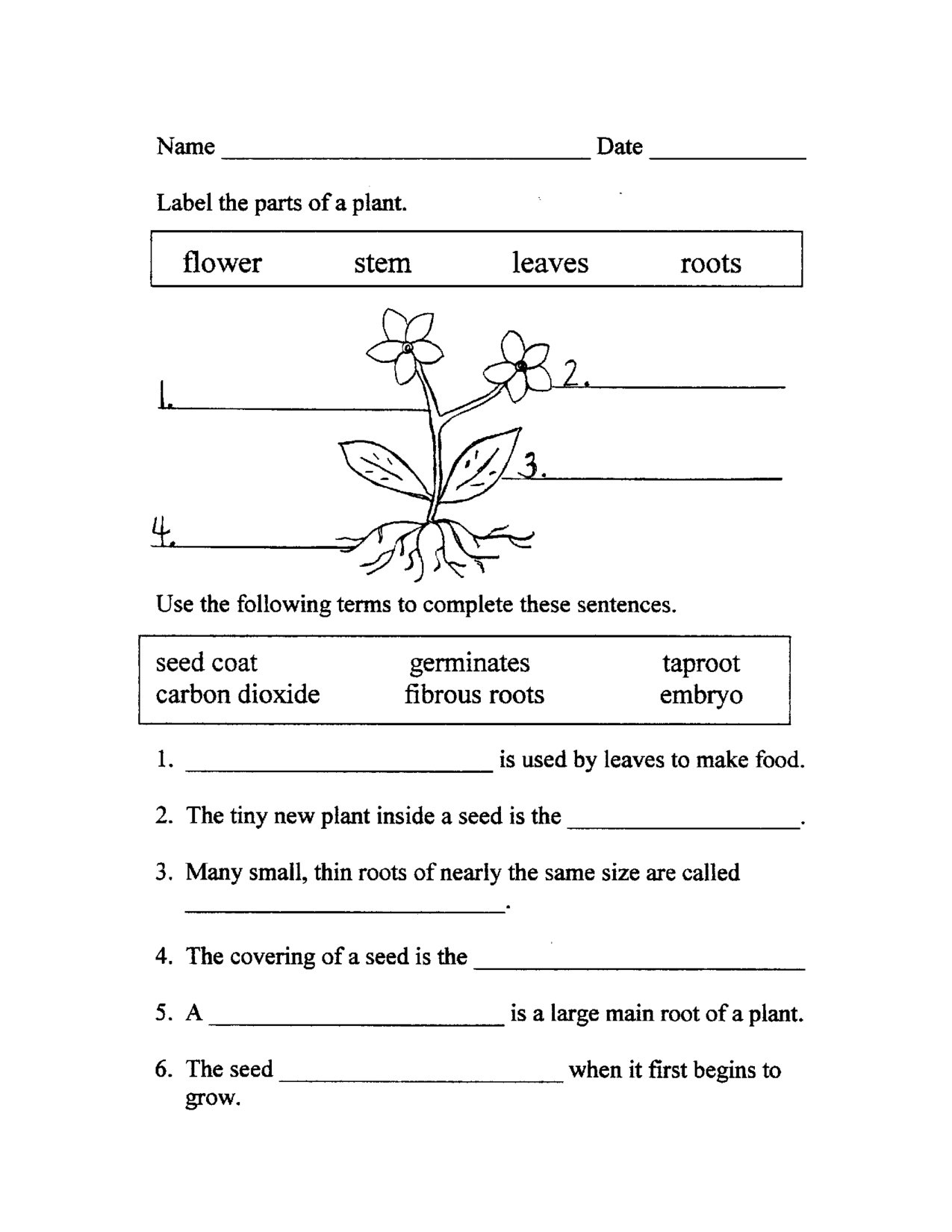














Comments